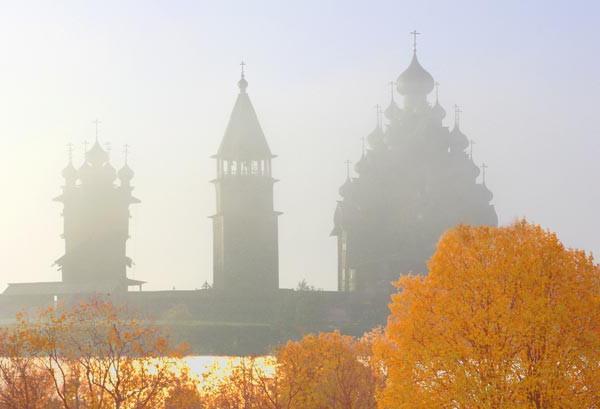Lower Sinyachikha. Museum-Reserve of Wooden Architecture and Folk Art. History and exposition of the museum
Creation of a new is impossible without reliance on experiencepast generations. Preservation of the heritage of culture, its material and spiritual components, the best way to preserve its own national identity. Museums, in the basis of which folk art, architecture and spirit occupy a place of honor, attract visitors with artlessness and the opportunity to understand themselves.
The village of Nizhnyaya Sinyachikha
Alapaevsky district of the Sverdlovsk region couldremain an ordinary place on the map of Russia, if not for the village of Nizhnyaya Sinyachikha. For several decades here operates the Museum of Wooden Architecture, exhibits of which there are no analogues in the world. The basis of the settlement is 1680, which is a signpost at the entrance to the village.
Residential and administrative buildings are locatedalong the Irbit tract. Once upon a time there was an ironworks factory belonging to the dynasty of the industrialist Yakovlev. Today, a memorial sign is installed on the site of the enterprise and the building of the plant management, which local residents call "the White House" in the old manner, has been preserved. This is not the only monument of architecture, which became famous Lower Sinyachikha. The museum-reserve of wooden architecture and folk art named after ID Samoilov, stretched under the open sky, attracts tourists to these regions.
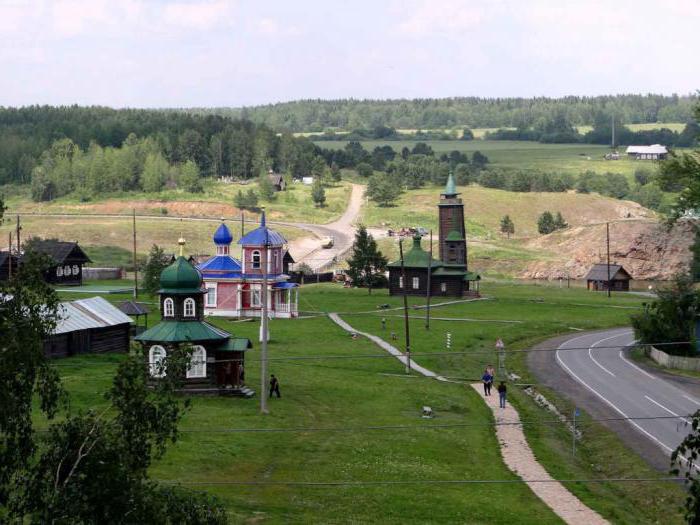
The founder of the museum
In 1978 in the village of Nizhnyaya Sinyachikha was officiallya museum was organized, but its founder, Ivan Danilovich Samoilov, started collecting his exposition and fighting for the preservation of the collection long before that date. After returning to the native village of Isakov after the war, Samoilov ID began to study the history of his and the surrounding villages of the Alapaevsky district. Working as a land surveyor, he traveled throughout the Urals, where he constantly faced a vanishing history.
He became interested in local history, archeology,restoration work. In his book The Treasures of the Lower Sinyachikha, he writes: "Then, in the post-war years, this beauty was still preserved. In some remote village you'll come, sometimes, into the hut, and you will gasp: so it is outlandishly painted - the hand itself stretches the cap to take off at the entrance. Or you'll see an old-fashioned spinning wheel, a little fish, which even though you can carry it to any museum at once. "
He began to collect a collection, which includedold printed books, household items, icons of a brush of local artists, painted parts of old buildings, samples of weaving and embroidery. The place, suitable for the museum exposition, was the half-ruined Savior-Transfiguration Church in the village of Nizhnyaya Sinyachikha. The museum-reserve of wooden architecture was created for decades exclusively thanks to the enthusiasm of Ivan Danilovich.
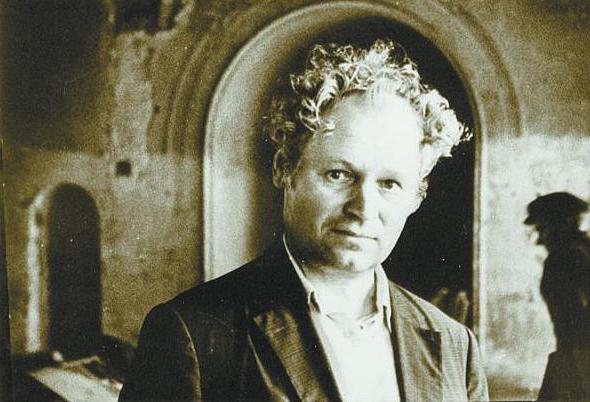
Museum, the open sky
Restoration of the Transfiguration Church,built in the 18th century, began in 1970. The process was slow, it was necessary to rely only on own resources, there was no support from the state, the work was stretched for 10 years. During this period, Samoilov conceived the idea of preserving not only objects of everyday life, but also entire wooden buildings that were mercilessly destroyed by people and time. In 1978, in the building of the church, Ivan Danilovich opens a museum of folk art, the main part of the exposition is his personal collection of house paintings of the Urals.
Located in the village of Nizhnyaya SinyachikhaThe museum-reserve of wooden architecture and folk art consists of 25 wooden buildings belonging to different centuries and collected throughout the Urals. There are village huts in the architecture of which one can trace the changes in peasant life, several churches and chapels, a magnificent example of the Siberian baroque - the Savior's Transfiguration Church, wells, the fire patrol tower, the state customs house and many other monuments. Historically, wooden buildings cover the period from the 17th to the 20th century.
It is especially interesting to consider the ancientconstruction and compare them with the housing in which now live Sinyachikhinsky. The museum is an integral part of the village, all historical monuments are spread between the farmsteads of the villagers. In 1995, the Museum in Nizhny Sinyachikha receives the federal status of an object of historical and cultural heritage, in addition, it is currently under the protection of UNESCO.

Gosudarev house of customs
The customs building once stood on the sidelinesSiberian tract in the Tugulym region, in the village of Luchinkino (Sverdlovsk region). It was noticed in 1986 by members of an expedition created from students and teachers of the Sverdlovsk Architectural Institute. After the denrochronological analysis, it became clear that the building was the oldest building in the Urals and belonged to the beginning of the 19th century.
When the historical value of the house became known,he already belonged to the Tyumen businessman, who wished to carry out repairs in it and adapt it to modern requirements. The house quickly collapsed, at the price of wood Samoilov purchased from the owner elements of decor, chiselled hand-made baluster, window frames, decks and other parts of the structure.
Recreate it for the remaining architecturaldrawings, measurements and brought details were decided in the village of Nizhnyaya Sinyachikha. The Museum-Reserve of Wooden Architecture is rightly proud of its unique structure. The house is a two-storey six-walled log house. In the Russian tradition, such buildings were called mansions. Restoration and restoration work is not yet completed in the interior, but the external appearance of the building is already fully consistent with the original.
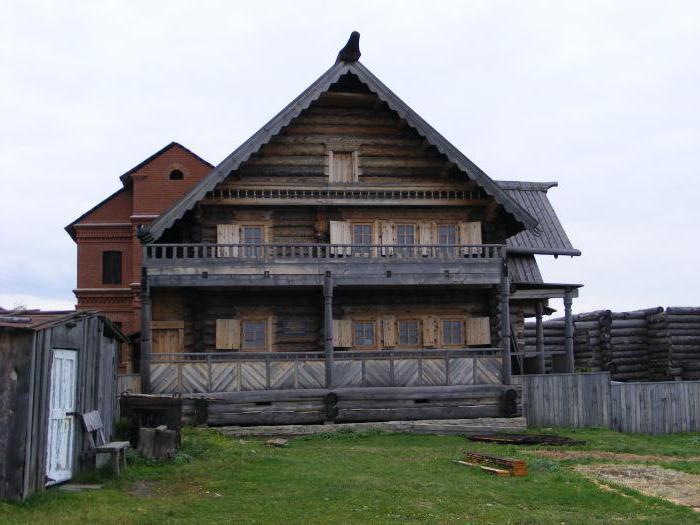
Peasant manors
Collect ancient wooden houses from different eras -The task is not easy, they are practically not preserved in integrity. Therefore, some peasant houses of the exposition are collected from several huts in different regions of the Urals and placed in the village of Nizhnyaya Sinyachikha. The museum-reserve of wooden architecture in the arsenal has manors of the 17th, 18th and 19th centuries.
The oldest manor of the 17th century is almostlog. The basis was a house from the village of Tabor, the ceiling came from the village of Cheremisina, the pediment survived from the house of Nikonovoye village, some logs came from the village of Mysy. The composition of the estate includes an old barn. The interior interior recreates the life of the peasants of the 17th century. In the yard a well with a "crane" was restored, wooden wells on the territory of the museum are represented in several historical reconstructions, there are operating wells. In the backyard there is a wooden hollowed out deck from the village of Gryaznukha, intended for feeding livestock. The tree has a tree age of 234 years. There is also a bathhouse cut down from all three half-timbered logs, which are several hundred years old, she was brought to a museum from the village of Gorodishche.
The farmstead manor house of the 18th century consists ofA residential hut delivered from the village of Vogulka, and outbuildings. The old barn of the complex comes from the village of Kuliga. The manor houses an exposition of objects of everyday life, tools of labor of peasants.
In the 19th century, the cottage was decorated with carvings, paintings,the interior became more complicated. A sample of wooden house architecture came to the museum-preserve from the village of Kamelskaya. The two-story old barn, which completes the ensemble of the Ural village house, came from the village of Kirovsky. The interior of the house is the "White Room", the walls are painted in 1897.

Wooden wells
In addition to the well with the "crane", in the central partReserve is a recently functioning well with a large wooden wheel. The water was lifted by turning the wheel, a chain or rope was nailed to the wooden roller at one end, a bucket was attached at the opposite end of the chain. The wheel was spinning, the chain was wound on a roller, and in such an uncomplicated manner a bucket full of water was raised. The well itself is lower Sinyachikhinsky, and the wheel is brought from the village of Savino. Another well in the museum is nicknamed Danilych, in honor of the founder of the exposition.

Chapel
On the territory of the museum-reserve five wooden chapels are collected:
- Spassky. A miniature building was brought from the village of Yurt,For a long time in disassembled form was stored in the Yekaterinburg Museum of Local History. Since 2001, the collected chapel, a sample of the architecture of the 19th century, is located in Lower Sinyachikha.
- Ascension. It dates from the beginning of the 19th century, was found inthe village of Karpova. From the rest it is distinguished by the brightness of the facade: a white basement, a bright blue figured roof, walls of brown color. There is an exhibition of the local craftswoman Kh. D. Chuprakova.
- Savvatiya and Zosima. Coming from a now non-existent villageKoksharova. The museum was in 1981. There is an exposition devoted to wood carving. The model of the Cross Exaltation Church, once standing in the Kirtom Monastery, is also shown here. She had a unique architecture: 11 chapters, rich carvings, covered galleries. The church was prepared for the move, but there was a fire, and it was destroyed.
- Elijah the Prophet. It is placed on the territory of a rural cemetery. Today's building is a replica of the once standing temple on this site.
- Alexander Nevsky. Before moving to the museum was in the villageOstanino. She was placed on a rock above the pond. From afar, the octagonal chapel is more like an arbor. Windows are decorated with shutters with paintings, entrance with carved porch. In 2015, during the excavations, a rich ancient sanctuary was found under the chapel. The light was taken out of ceramics, Scythian bronze arrowheads, needles for sewing, jewelry and much more.
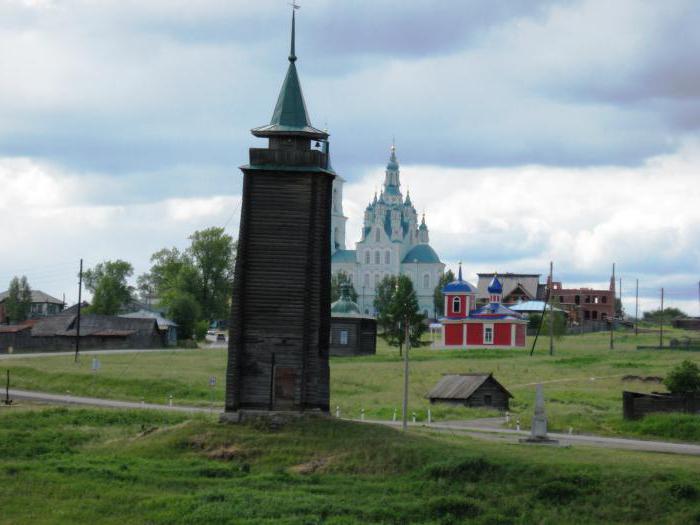
Towers and other buildings
Approaching the museum-reserve, in addition to the mainthe architectural dominant of the Transfiguration Church, tourists pay attention to several tall wooden towers. One of them - the watchtower of the Aramashevsky prison - reconstruction of the sentinel defensive structure from the village of Aramashevo. Similar jails were built in the 17th and 18th centuries and have not survived to this day.
With the tower adjacent to the building of the fireguard with a bell tower and a viewing platform on the roof. In the inner room there is a museum dedicated to firefighting, there are old exhibits: barrels of water, inventory, fire trucks of the old model. In the yard there is a huge wooden barrel for water. Previously, the building was located in the village of Katyshka.
High watchtower near the fire buildingprotection also served as a fire protection in the working village of Krasnogvardeisky. Its height is 35 meters. It was going to be dismantled for firewood in 1979. Saving the building was succeeded only by the efforts of Samoilov. Together with his partner for several days, they dismantled her on a log, which was very difficult because of the fastenings, Ivan Danilovich noted.
Neighboring with the fire tower building - olda smithy, near it a camp for horses, where they were tied up to shoe. It sometimes employs blacksmiths, observing the ancient technology of forging. Here you can look at the tools in detail. Before the entrance there is a forged anchor, found in the river Rezh.
In addition to the buildings mentioned, there was aa place for a windmill, a factory for the management of the times of Yakovlev's merchants. Ethnographic festivals, exhibitions of artists and craftsmen are held on the territory of the museum.

Value
In the Museum of the Lower Sinyachikha is always crowded,tourists come here not only for impressions. Here, knowledge is replenished, love for one's land and its history is instilled. We can not say more about the significance of the reserve than Academician Likhachev: "If we now live in the hope of reviving the village, the Russian peasantry, ID Samoilov has long been working to make it come true, because he knows: without the revival of folk culture, its best customs and traditions, moral recovery of society is impossible. "
</ p>
